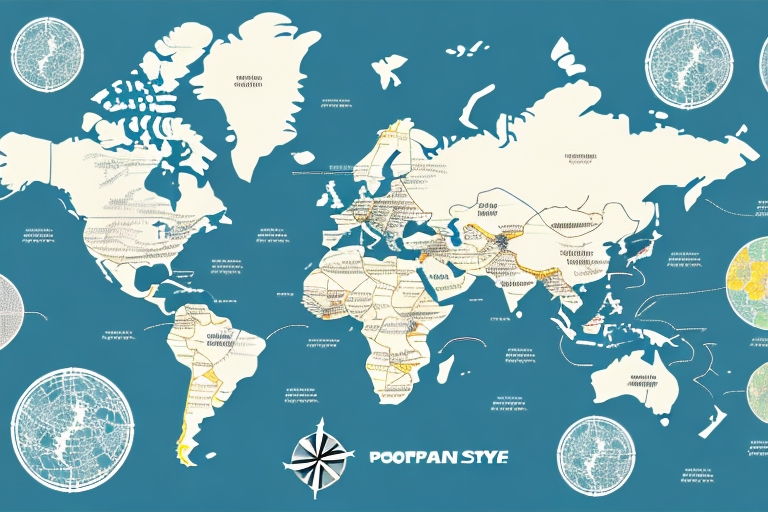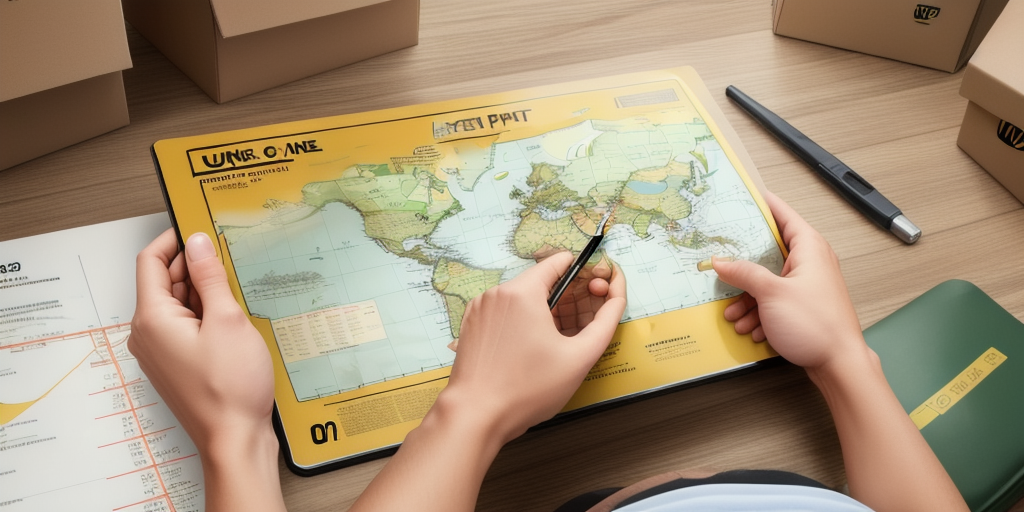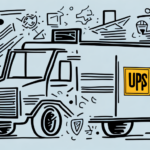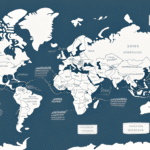Understanding UPS Shipping Zones
For business owners utilizing UPS for shipping, comprehending "shipping zones" is crucial. Shipping zones are geographical regions that UPS uses to determine shipping costs and delivery times. This article delves into how shipping zones operate, their impact on your shipping expenses, and the advantages of using an interactive map to identify the correct shipping zone for your packages. By the end, you'll have a comprehensive understanding of UPS shipping zones and how to leverage interactive tools to optimize your shipping strategy.
Impact of Shipping Zones on Costs and Delivery Times
Cost Determination Based on Distance
UPS categorizes the United States into nine shipping zones, with Zone 1 being the closest to the origin point and Zone 9 the farthest. Generally, shipping to lower-numbered zones (e.g., Zone 1) is less expensive than shipping to higher-numbered zones (e.g., Zone 9). According to UPS, the zone number significantly influences the base shipping rate.
Delivery Time Variations
Delivery times are also affected by shipping zones. Packages sent to nearer zones typically arrive faster due to shorter transit distances and fewer handling points. For instance, a shipment from New York (Zone 4) to Boston (Zone 4) will generally be quicker than a shipment to Los Angeles (Zone 8).
Dynamic Zone Adjustments
UPS periodically updates its shipping zones based on changes in transportation infrastructure and population demographics. These updates can alter shipping costs and delivery times, making it essential to verify the current shipping zone before dispatching packages.
Types of UPS Shipping Zones
Domestic Shipping Zones
Domestic shipping zones pertain to shipments within the United States. The nine zones are determined by the distance between the origin and destination zip codes, affecting both cost and delivery speed.
International Shipping Zones
International zones extend beyond the U.S. borders, categorizing global destinations to streamline international shipping logistics. Factors such as distance, customs regulations, and regional infrastructure influence these zones.
Military Shipping Zones
UPS also has specialized zones for military addresses, adhering to the Military Postal Service Agency's (MPSA) guidelines. Shipping to military bases requires precise addressing formats and compliance with specific regulations to ensure timely delivery.
Determining Your UPS Shipping Zone
Using UPS Online Tools
To identify the correct shipping zone for a package, enter the origin and destination zip codes into the UPS Zone Chart tool. This tool provides the shipping zone, estimated delivery times, and cost implications based on current zone classifications.
Utilizing Interactive Maps
Interactive maps offered by UPS allow businesses to visualize shipping zones, aiding in strategic planning and cost estimation. These maps can be accessed through the UPS website or integrated into shipping software solutions.
Importance of Accurate Information
Accurate determination of shipping zones ensures precise cost calculations and reliable delivery estimates. Regularly updating your zone information is vital, especially if UPS reclassifies zones due to infrastructural or demographic changes.
Tools for Navigating UPS Shipping Zones
UPS Zone Charts and Calculators
UPS provides comprehensive zone charts and calculators on their website, enabling businesses to swiftly determine shipping zones and associated costs. These tools are essential for managing large volumes of shipments efficiently.
Third-Party Shipping Software
Integrating third-party shipping software can enhance the accuracy and efficiency of managing shipping zones. Solutions like ShipStation or ShipBob offer advanced features such as automated zone determination, cost optimization, and real-time tracking.
Mobile Applications
UPS mobile applications offer on-the-go access to shipping zone information, making it easier for businesses to manage shipments from anywhere. These apps often include additional functionalities like package tracking and shipment notifications.
Strategies to Optimize Shipping Costs Using Zones
Consolidating Shipments
Grouping packages destined for the same zone can reduce overall shipping costs. Consolidation minimizes the number of shipments required, leading to lower expenses and more efficient logistics management.
Choosing the Right Packaging
Selecting appropriate packaging sizes and materials can significantly impact shipping costs. UPS charges based on both weight and dimensional weight, so using compact packaging can help minimize costs.
Leveraging UPS Discounts and Contracts
Businesses can negotiate shipping contracts with UPS to secure discounted rates based on volume. Taking advantage of such agreements can result in substantial cost savings over time.
Future Trends in UPS Shipping Zones
As e-commerce continues to grow and consumer expectations evolve, UPS is likely to adapt its shipping zone strategies to meet these demands. Innovations such as drone deliveries, enhanced automation, and sustainable shipping practices may influence future zone classifications and shipping efficiencies. Staying informed about these trends will help businesses proactively adjust their shipping strategies to maintain competitiveness.
Conclusion
Mastering UPS shipping zones is essential for businesses that regularly ship packages. By understanding how shipping zones influence costs and delivery times, and by utilizing interactive tools to determine the correct zones, businesses can optimize their shipping strategies to reduce expenses and improve logistical efficiency. Implementing the strategies and best practices discussed in this article will ensure that your business remains competitive and responsive to the dynamic landscape of shipping and logistics.






















